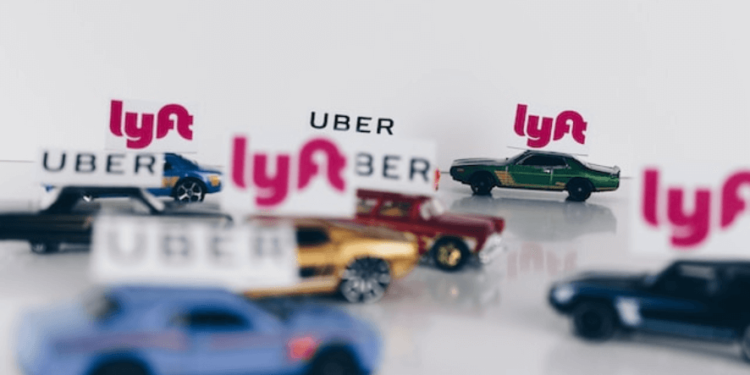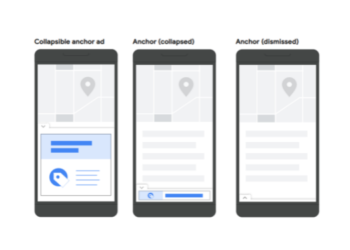In a bid to broaden its revenue streams and match rival Uber’s ad progression, Lyft unveiled a range of fresh in-app advertising options. As users connect with drivers or view the estimated time of arrival, they’ll be greeted by these new ads, which could even extend during their ride. Lyft has strategically designed these ads to resonate with a user’s destination. For instance, if a user is traveling near a cinema, they might encounter a promotional ad for a recent movie release.
Lyft’s advertising approach is multifaceted, extending beyond the app to include screens on vehicles, in-car tablets, and even bikeshare stations. The company provides in-car tablet ads across 12 markets, digital screens within cars in five regions, and bikeshare advertising in four markets.
Collaborations with data analytics company Kantar and ad-tech firm Rokt further bolster Lyft’s advertising. The partnership with Kantar allows advertisers to monitor vital metrics such as purchase intent and brand recognition. On the other hand, Rokt will facilitate in-app advertising. Notably, drivers stand to earn a fraction of revenues from in-car tablet advertisements, though specifics remain undisclosed.
Major brands like Audible and Universal Pictures have previously partnered with Lyft, and the platform intends to introduce in-app video advertisements in the foreseeable future.
This advertising initiative follows Lyft’s recent Q2 earnings announcement, showcasing an 18% yearly ride growth and revenue surge. Lyft experienced significant leadership changes with David Risher replacing co-founder Logan Green as CEO. Dominic Carr, formerly the EVP of communications and marketing, also left in June.
While the brand’s media division was officially introduced in August of the previous year, revenue specifics remain undisclosed. CFO Erin Brewer, during an earnings discussion, did describe it as a “relatively small business” but emphasized its four-fold growth from the preceding year and its potential for expansion.
Lyft’s move into more diversified in-app advertising is a strategic play to tap into the lucrative digital ad market and capitalize on the user’s journey from start to finish. By integrating ads that align with a user’s destination and using first-party data for targeting, Lyft not only creates a more personalized user experience but also offers marketers a precise tool for reaching potential customers. This multi-pronged approach may position Lyft as a formidable contender in the rideshare advertising landscape.



















































